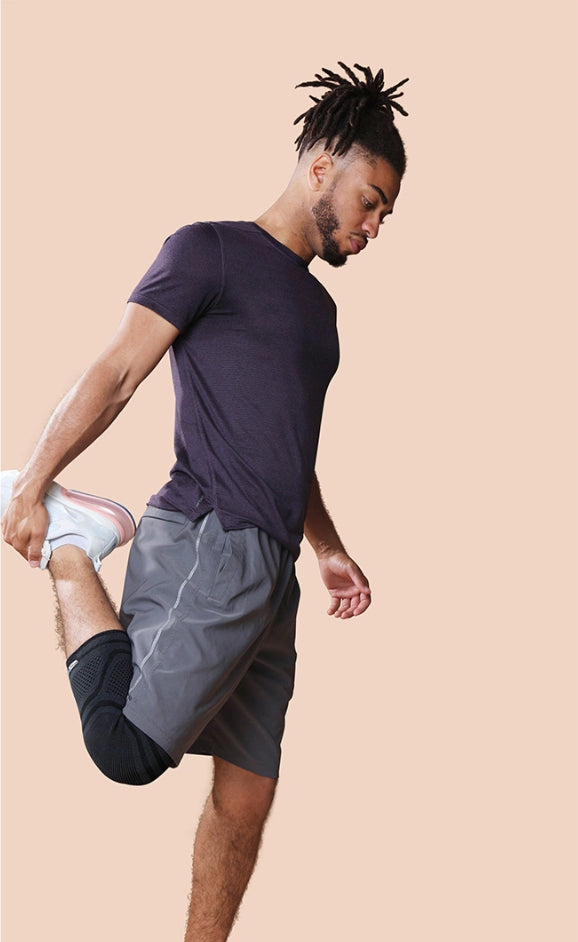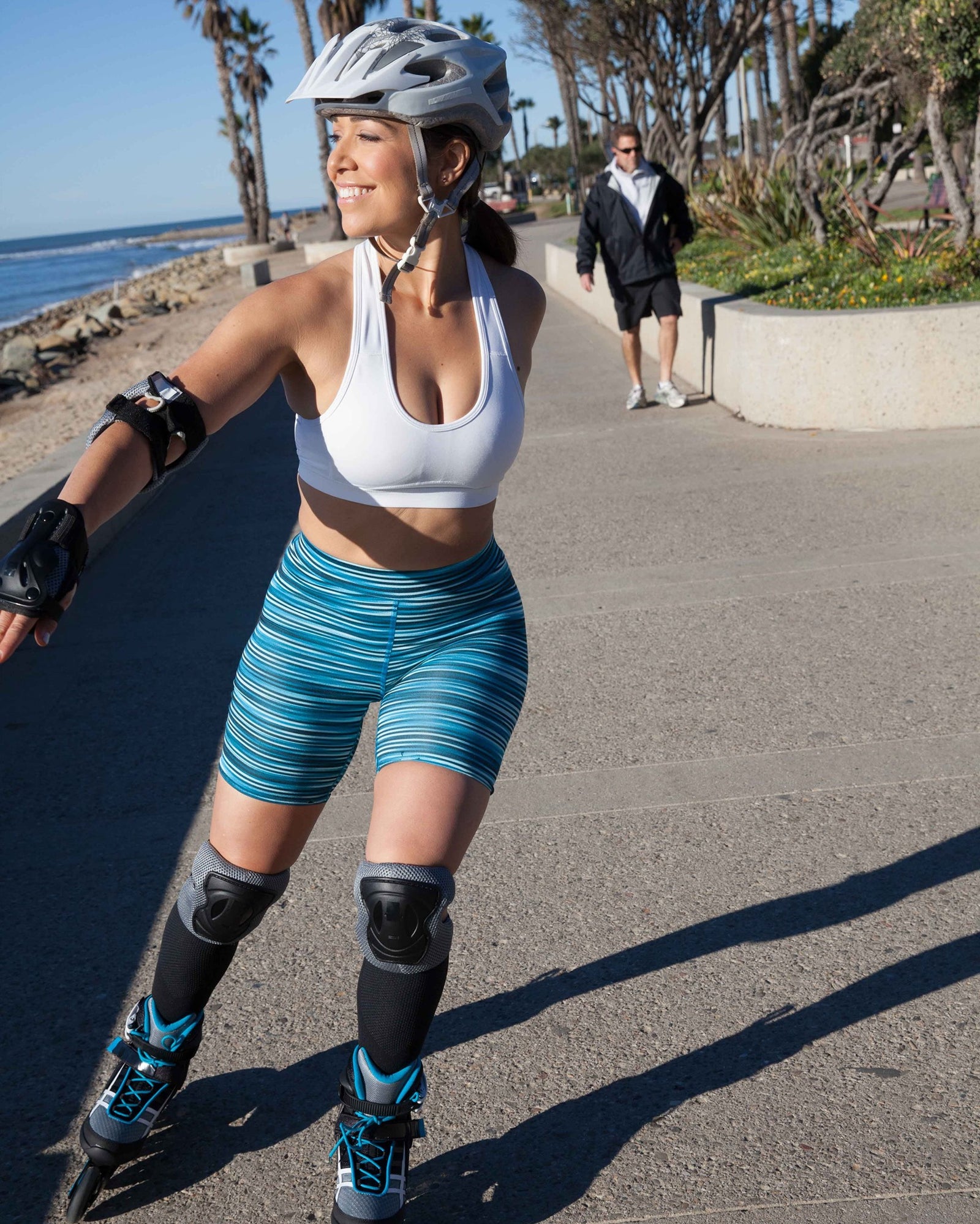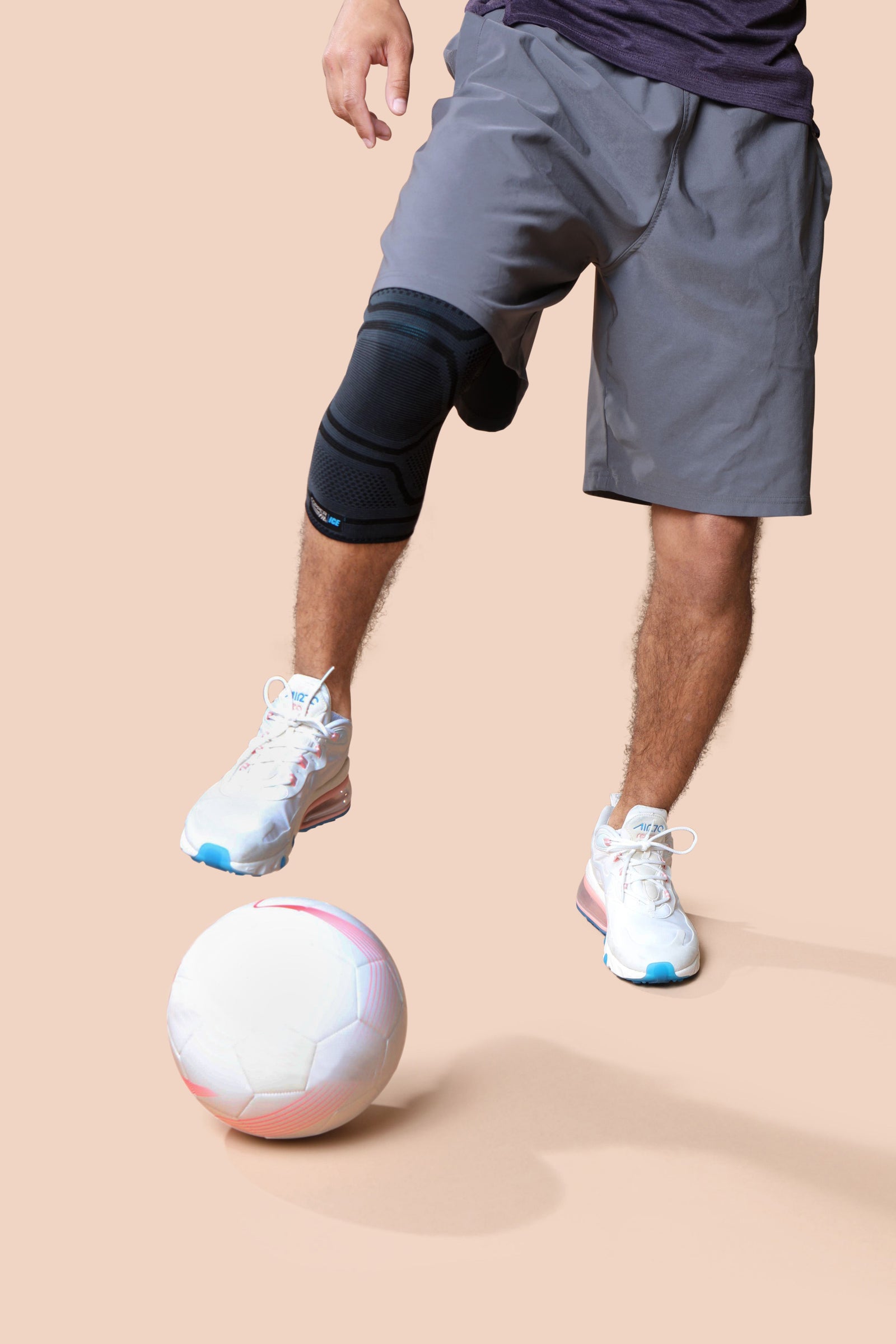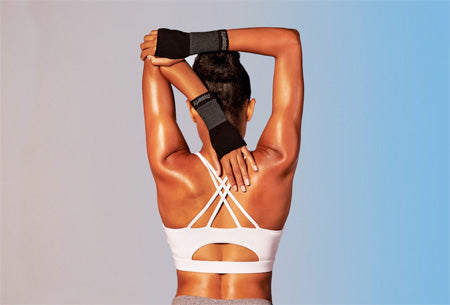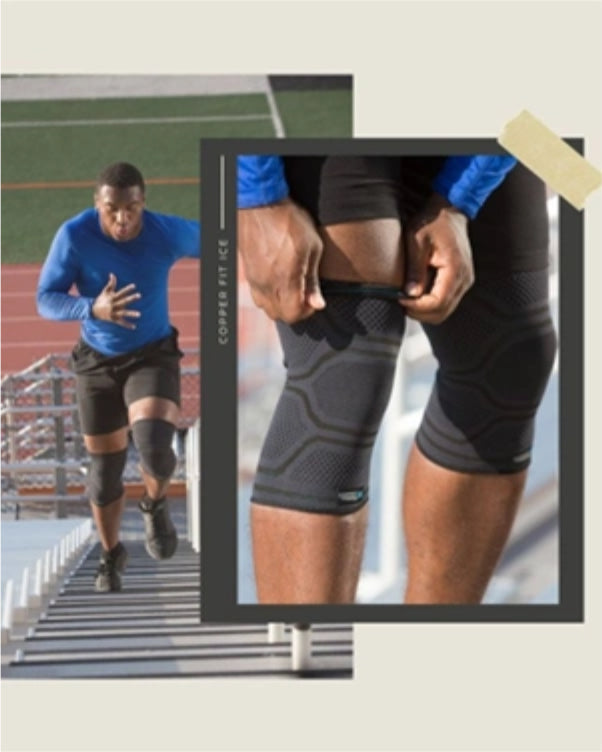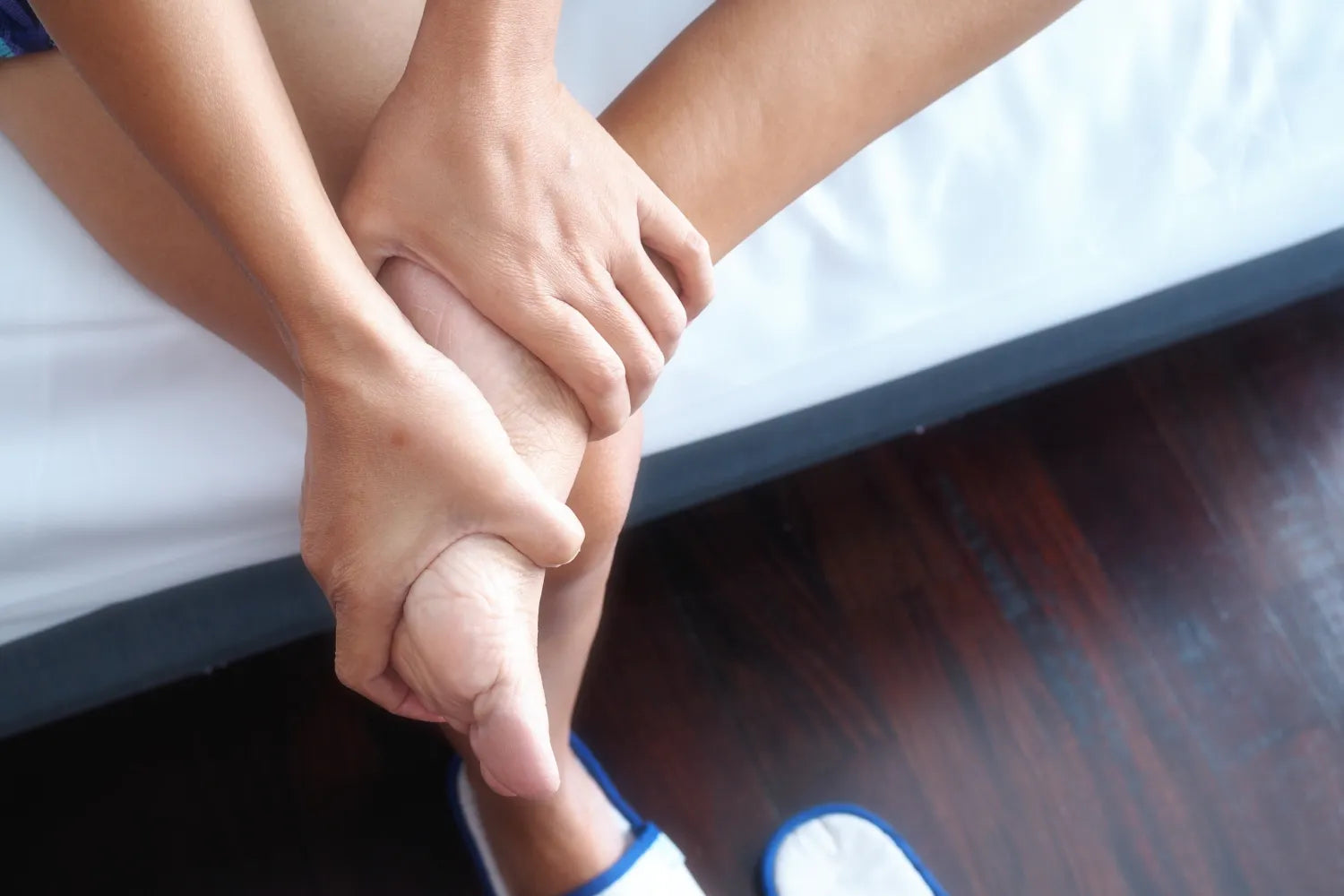
Foot discomfort while walking is more common than most people realize. Whether you're someone who logs thousands of steps a day or you’re just trying to stay consistent with your daily neighborhood stroll, feeling tension or soreness under your feet can be frustrating. And when every step starts to feel uncomfortable, it’s easy to lose motivation to stay active.
Let’s take a closer look at why the bottoms of your feet might hurt when you walk, how your body works to support you, and what you can do to feel better and keep moving.
How Do the Feet Support Your Movement?
Your feet do a lot of work throughout the day. They carry your body weight, absorb impact from the ground, and help you stay balanced. Every step you take sends pressure through your heels, arches, and the balls of your feet. This is all part of your body’s natural movement system.
But when something is off, whether it’s muscle tightness, lack of support, or simply overdoing it, your feet are quick to let you know. And that discomfort often shows up in the soles of your feet first.
What Are Some Common Reasons for Foot Discomfort While Walking?
If you’re experiencing discomfort in the soles of your feet during walks, uncovering the root cause is key to finding a solution.
1. Overuse Without Proper Recovery
If you’ve recently started a new walking routine or increased your step count, your body might be feeling the effects. Muscles, tendons, and connective tissues in your feet need time to adjust to new activity levels. When they don’t get the chance to recover, tension can build up. You might notice soreness that sticks around long after your walk is over.
2. Unsupportive or Worn-Out Shoes
Your footwear matters more than you might think. Shoes that lack proper arch support, cushioning, or fit can leave your feet working overtime to absorb impact. If your shoes are too tight, too flat, or too worn down, you could be setting yourself up for discomfort.
Look for shoes that fit your foot shape and provide support where you need it most, especially if you walk on hard surfaces like concrete or pavement. Rotating your shoes or replacing them when they wear out can also make a big difference.
3. Foot Structure and Muscle Imbalances
Every foot is different. Some people have high arches, while others have flat feet. These structural differences affect how pressure is distributed through the foot with every step. If you tend to roll your feet inward (overpronation) or outward (underpronation), certain areas of the foot may experience extra tension or stress.
Tight muscles in the calves, ankles, or Achilles tendons can also play a role. When these areas are stiff, they pull on the structures in your feet, which can create soreness or tightness underneath the arch or heel.
4. Walking Habits and Surfaces
Walking on hard, unforgiving surfaces can put extra strain on your feet. While you might not always have control over where you walk, changing up your routine to include softer surfaces like grass or a track can help lessen the impact.
Your walking posture matters, too. Slouching or overstriding can shift the way pressure moves through your feet. Paying attention to how your body feels while you walk can help you identify small adjustments that make a big difference.
Building a Stronger Foundation: Mobility and Strength
Your feet don’t work alone. They rely on the strength and flexibility of your entire lower body, especially your calves, ankles, and Achilles tendons. When these areas are mobile and strong, your feet can move more efficiently and absorb impact with less stress.
Stretching is a great way to start. Focus on your calves and Achilles tendons with simple moves like calf stretches against a wall or downward dog. Don’t forget about your toes, either. Gently pulling them back toward your shin can help loosen up the bottom of your feet.
Mobility exercises, like rolling your foot over a massage ball or frozen water bottle, can help release tension in the plantar fascia (the thick band of tissue that runs along the bottom of your foot). Ankle circles or “drawing the alphabet” with your foot are other easy ways to improve joint mobility.
Exercises To Strengthen Your Feet and Lower Legs
Stretching is just the beginning. Building strength in your feet and lower legs is one of the best ways to help reduce discomfort and prevent it from returning. Strong muscles work together to absorb shock, support balance, and carry you through every step with less strain.
Toe and Foot Strengtheners
Your toes play an important role in balance and push-off strength when you walk. A few simple exercises can wake up the smaller muscles in your feet that often get overlooked:
- Towel Scrunches:Place a towel flat on the floor, then use your toes to scrunch it toward you. Repeat a few times on each foot.
- Marble Pickups:Scatter a few marbles or small objects on the floor and try to pick them up one by one with your toes.
These small moves may seem basic, but they help improve control and strength in the muscles that support your arch.
Calf Raises and Balance Work
Your calves help propel you forward with every step. Strengthening them can ease the load on the bottom of your feet.
- Calf Raises:Stand with your feet hip-width apart and slowly rise onto your toes, then lower back down with control. Start with both feet, and as you build strength, try single-leg raises to challenge your balance.
- Balance Practice:Stand on one foot for 30 seconds to a minute. Try to keep your body steady without gripping the ground with your toes. Add small movements like reaching your arms forward or side to side to increase the challenge.
Building balance isn’t just about standing still. It’s about training your body to move with control so you can handle uneven surfaces or unexpected shifts in terrain without adding stress to your feet.
Ankle and Plantar Fascia Mobility
Mobility is just as important as strength. Keeping your ankles loose and your plantar fascia flexible can make every step feel easier.
- Ankle Circles or Alphabet Tracing:Sit down and lift one foot off the ground. Slowly make circles with your ankle, or trace the letters of the alphabet in the air with your toes. Switch sides and repeat.
- Foot Rolling:Roll the bottom of your foot over a massage ball, tennis ball, or frozen water bottle for one to two minutes per foot. Apply light pressure to release tension and wake up the tissue along the arch.
These movements help improve flexibility and can be a great part of your post-walk recovery routine.
Recovery Techniques To Help Soothe Foot Discomfort
Hot and cold therapy can be a helpful addition to your recovery routine. Cold therapy can help when you feel soreness or tension after a long walk, while heat can be used on rest days to promote relaxation and healthy circulation.
Apply cold or heat for about 15 to 20 minutes at a time. You can use a frozen water bottle, a cold pack, or a warm towel. Always check your skin to make sure the temperature feels comfortable.
Compression socks and arch relief bands can also help ease discomfort by supporting healthy blood flow to the feet. And don’t forget about active recovery. Gentle movements like stretching, cycling, or light walking can keep your body moving without overloading your feet. Recovery isn’t about doing nothing but giving your body what it needs to bounce back stronger.
You Don’t Have To Walk Through Discomfort Alone
At Copper Fit, we understand how frustrating it can be when something as simple as walking starts to feel uncomfortable. You don’t have to accept tension or soreness as part of your routine. Small changes — like stretching, building strength, and choosing supportive gear — can make a big difference in how you feel every day.
Our mission is to help you stay active, feel better, and enjoy life. Whether you’re walking around the block or chasing big fitness goals, we’re here to support you with solutions that help you move more comfortably and confidently.
Because staying active shouldn’t have to hurt. And with the right tools and habits, you can keep putting one foot in front of the other, feeling stronger every step of the way.
Sources:
Foot Biomechanics During Walking and Running | Mayo Clinic Proceedings
How to find the best shoes for foot pain | Harvard Health
Perfecting your walking technique | Harvard Health
9 foot exercises: For strengthening, flexibility, and pain relief | Medical News Today

